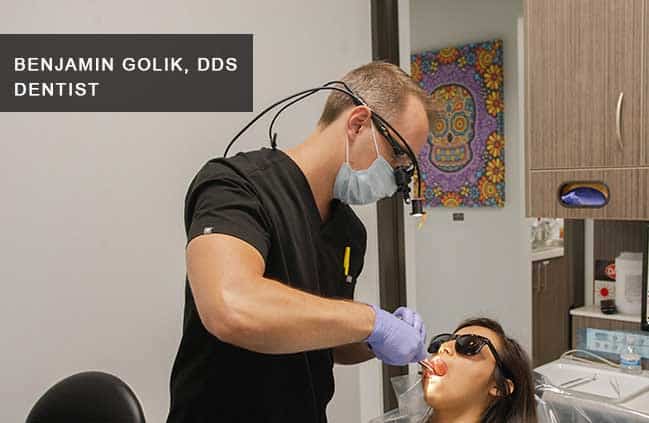Gum Disease: Treatment and Early Stages Symptoms
Have you ever noticed blood while brushing in the morning or the night? Be cautious and visit the Emergency Dental Clinic because this is the first indicator or sign of gum disease.
Gum disease is further transformed into Gingivitis, as it generally occurs when your gums are infected with unhealthy eating habits and not taking proper care of oral health conditions. It can cause more severe issues when it goes beyond the gumline and jawbone. Furthermore, it enhances the risk of causing periodontitis, which further becomes a concerning issue in the long run.
Thankfully, various treatments for gum disease are available, which help people to get rid of the dental disease as soon as possible without causing harm to surrounding teeth. Healthcare professionals suggest treatment of gum disease based on factors such as severity, size, location and infected area. Minimally invasive procedures to surgical procedures are often considered by healthcare professionals for diagnosing gum disease.

There are two different types of gum disease, including:-
- Gingivitis
- Periodontitis
What causes swollen gums how to stop wisdom tooth pain is a common question that patients ask dentists during the first consultation. However, swollen gums are a common health condition of Gingivitis that can occur because of poor oral hygiene, irritating substances or gum infections.
Swollen gums can result from poor oral hygiene, gum infections, or irritating substances. To alleviate wisdom tooth pain, use over-the-counter pain relievers and cold compresses while consulting your dentist for long-term relief.
What are the early stages of gum disease?
The early stages of gum disease are described below:-
- Red or swollen gums are the red flags of Gingivitis.
- May you experience bleeding gums while brushing or flossing your teeth.
- Sometimes, continuous bad breath is also a sign of gum disease, as it generally happens when debris collects into your gumline.
- Gums start making a distance between teeth.
- It is worth mentioning that early stages are painless, but the right treatment at the right time can subtle the issues. Keep visiting the dentist's clinic for regular checkups or follow-ups.
- Some loosened teeth may start noticing.
What Are Different Treatment Options For Gum Disease?
Gum disease, also known as periodontal disease, healthcare professional recommends the right line of treatment depending on the severity of the individual. Here are some treatment options for gum disease.
Dental Cleaning
Visiting the dentist's clinic for regular follow-ups or checkups helps to remove plaque and tartar buildup between teeth, preventing gum disease in the early stages.
Scaling and Root Planing
For mild to moderate gum disease, doctors often recommend scaling and root planing to protect from bacteria and ensure the smooth functioning of the tooth roots.
Antibiotics
To combat infection and reduce inflammation, healthcare professionals sometimes prescribe antibiotics medications.

Laser Therapy
Laser treatments eliminate infected tissues from tooth pockets that, promote gum regeneration and reduce the risk of spreading infection to surrounding teeth.
Invasive Surgeries
Invasive surgeries such as gum grafting, bone grafting, or flap surgery are recommended only in severe cases that repair damaged tissues and manage gum disease.
Home Care Practices
Incorporating good oral hygiene habits like flossing or brushing reduces the risk of spreading gum disease to some extent.
Wrapping It Up
Gum disease is one of the most common oral health conditions that can affect anyone. But proper maintenance, care and getting the right treatment on time help individuals to maintain healthy gums.
Comments
Post a Comment